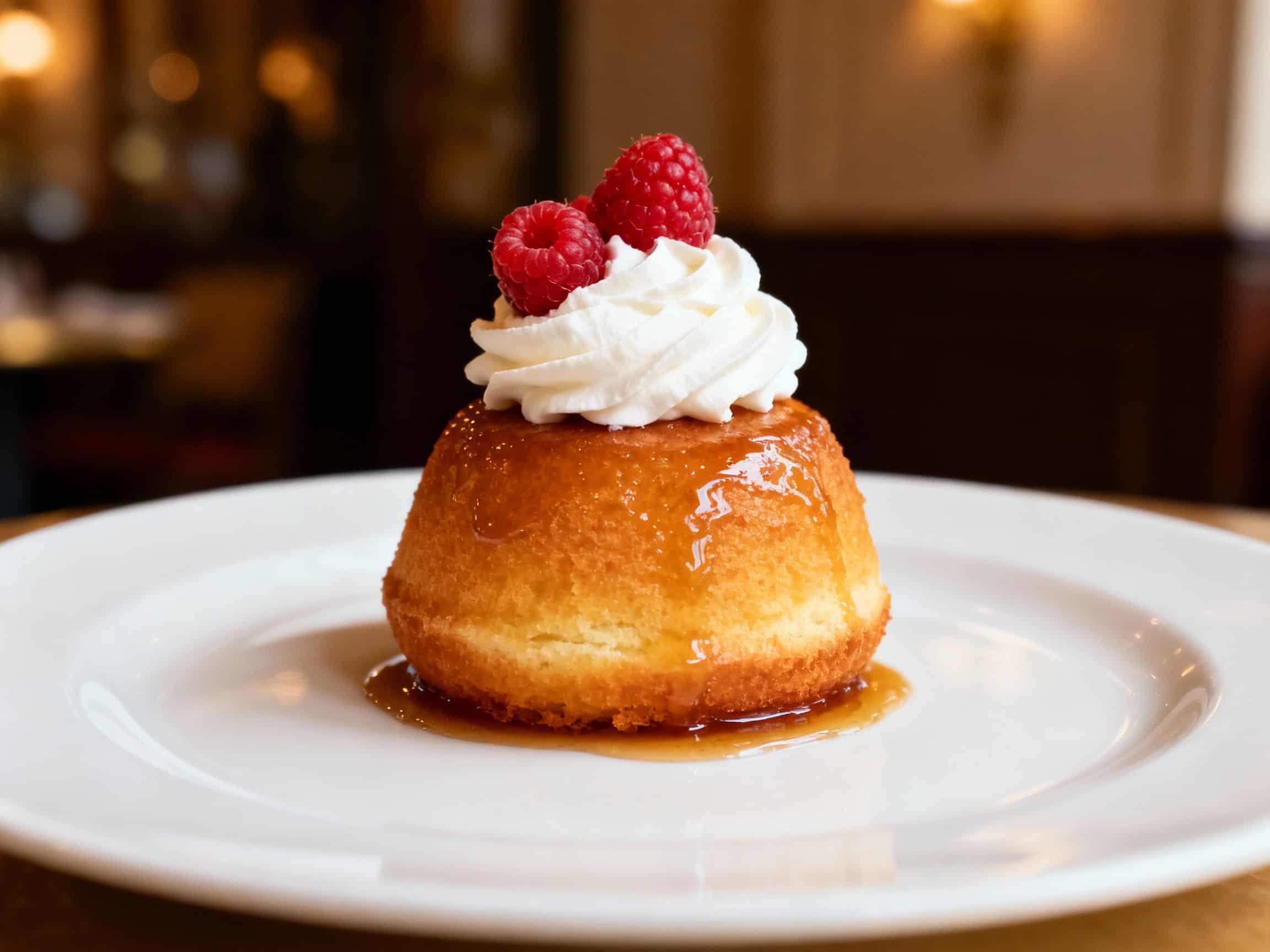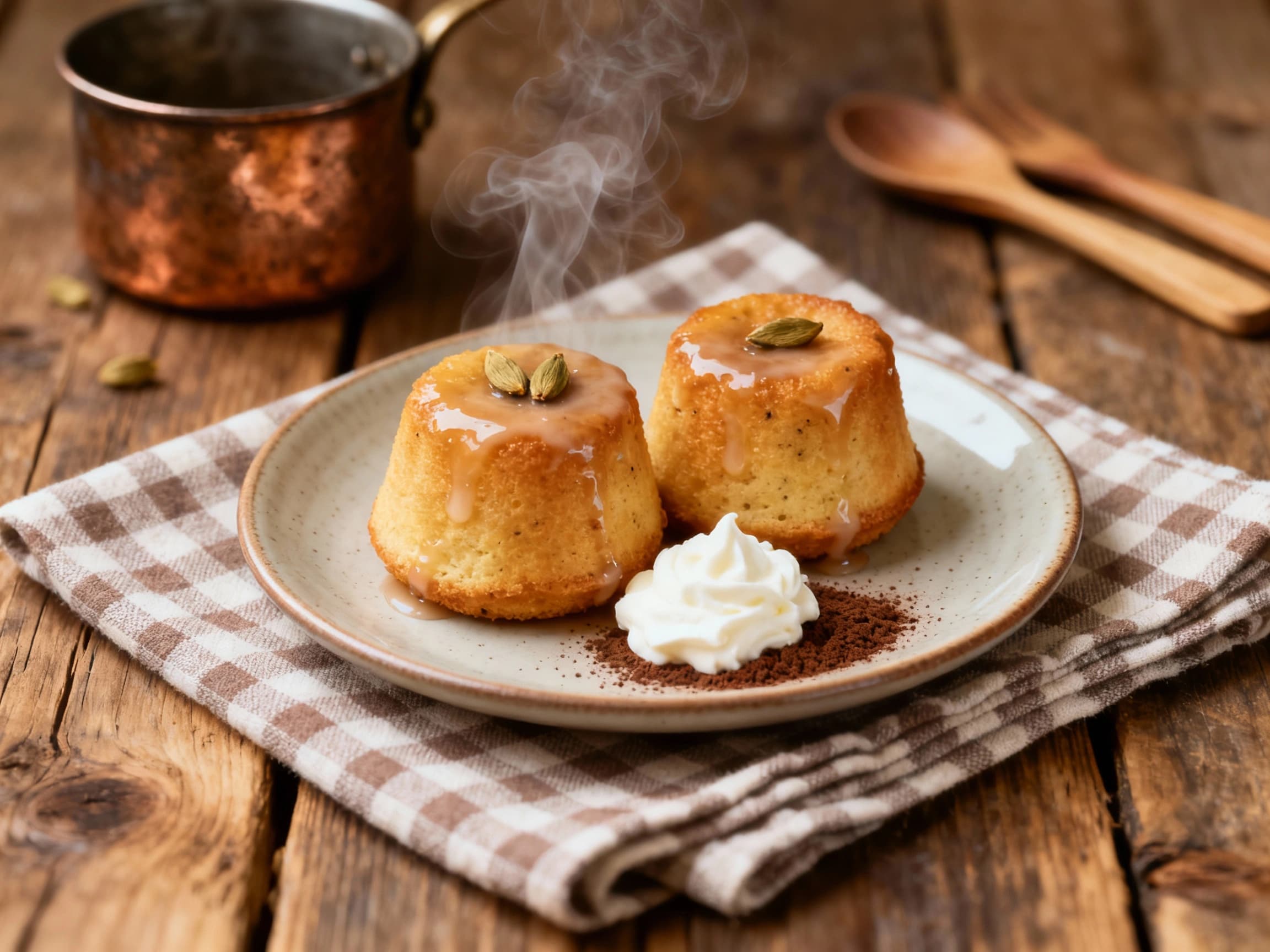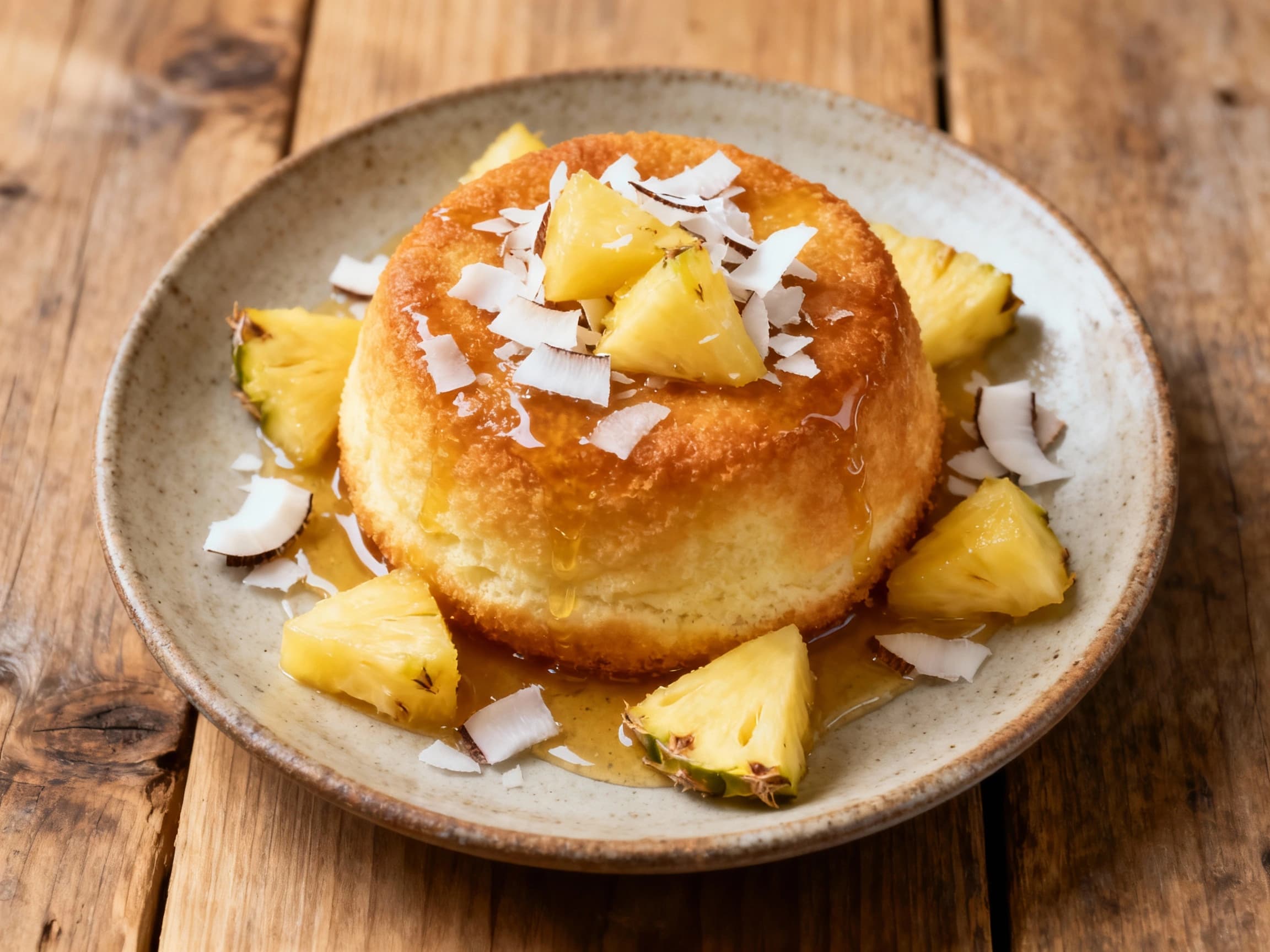
Baba au rhum
Baba au rhum
- Country
- France
- Region
- Alsace
- Recipes
- 3 Recipes
Dish information
Baba au Rhum, a sweet and boozy French pastry, boasts a fascinating international lineage that belies its current Gallic identity. The origins of this delightful cake can be traced back to the Duchy of Lorraine (now part of France), though its true genesis lies further East. In the early 18th century, King Stanislas Leszczynski of Poland, who later became Duke of Lorraine, was said to find his traditional Polish cake, 'babka,' too dry. His pastry chef or a local confectioner purportedly soaked the brioche-like cake in Malaga wine, inspiring the creation of the baba. Later, rum replaced wine as the soaking liquid, likely in the 19th century, solidifying its modern form. The dish was brought to Paris by Stanislas's daughter, Marie Leszczynska, who married King Louis XV of France. The prestigious Sthorer patisserie in Paris, established in 1730 by Nicolas Stohrer, a pastry chef to King Stanislas, is often credited with popularizing and refining the Baba au Rhum. Stohrer is also believed to have introduced the use of rum and eventually the addition of candied fruits or whipped cream, transforming it into the elegant dessert known today. Baba au Rhum is essentially a small, light, and airy yeast-leavened cake, often baked in a ring or individual fluted molds. After baking, it's thoroughly doused in a warm, fragrant syrup infused with rum, sometimes enriched with vanilla, citrus zest, or spices. The cake's texture becomes incredibly moist and tender from absorbing the liquid. It's typically served with crème chantilly (whipped cream), sometimes with fresh berries or a light apricot glaze, making it a luxurious and decadent treat. Despite its complex history, Baba au Rhum remains a beloved staple in French bakeries and a testament to culinary evolution and cross-cultural influence.
Timeline
King Stanislas Leszczynski of Poland/Duke of Lorraine reportedly inspires the creation of the baba by requesting additions to his dry babka.
Nicolas Stohrer, pastry chef to King Stanislas, opens his patisserie in Paris, which is credited with refining and popularizing Baba au Rhum.
The use of rum as the soaking liquid for the cake becomes widely adopted, giving it its current name.
Baba au Rhum becomes a classic French pastry, a hallmark of traditional patisseries.


